Product Detail
Product NameApolipoprotein E Rabbit mAb
Clone No.SC0536
Host SpeciesRecombinant Rabbit
Clonality Monoclonal
PurificationProA affinity purified
ApplicationsWB, ICC/IF, IHC, IP
Species ReactivityHu, Ms
Immunogen Descrecombinant protein
ConjugateUnconjugated
Other NamesAD2 antibody Apo-E antibody APOE antibody APOE_HUMAN antibody APOEA antibody Apolipoprotein E antibody Apolipoprotein E3 antibody ApolipoproteinE antibody Apoprotein antibody LDLCQ5 antibody LPG antibody
Accession NoSwiss-Prot#:P02649
Uniprot
P02649
Gene ID
348;
Calculated MW36 kDa
Formulation1*TBS (pH7.4), 1%BSA, 40%Glycerol. Preservative: 0.05% Sodium Azide.
StorageStore at -20˚C
Application Details
WB: 1:1,000-5,000
IHC: 1:50-1:200
ICC: 1:50-1:200
Western blot analysis of Apolipoprotein E on human kidney lysates using anti-Apolipoprotein E antibody at 1/1,000 dilution.
Immunohistochemical analysis of paraffin-embedded human tonsil tissue using anti-Apolipoprotein E antibody. Counter stained with hematoxylin.
Immunohistochemical analysis of paraffin-embedded human liver tissue using anti-Apolipoprotein E antibody. Counter stained with hematoxylin.
Immunohistochemical analysis of paraffin-embedded human kidney tissue using anti-Apolipoprotein E antibody. Counter stained with hematoxylin.
Immunohistochemical analysis of paraffin-embedded mouse liver tissue using anti-Apolipoprotein E antibody. Counter stained with hematoxylin.
Apolipoprotein-E (apoE) is a protein component of plasma lipoproteins that mediates the binding, internalization and catabolism of lipoprotein particles. It can serve as a ligand for several lipoprotein receptors, including the LDL (ApoB/E) receptor and the hepatic apoE (chylomicron remnant) receptor. apoE is produced in most organs and occurs in all plasma lipoprotein fractions, constituting 10-20% of VLDL (very low density lipoprotein) and 1-2% of HDL (high density lipoprotein). Three major isoforms of apoE have been described in human (E2, E3 and E4) which differ by only one or two amino acids. Estrogen receptor has been shown to upregulate apoE gene expression via the ERa-mediated pathway, indicating a potential role for apoE in atherosclerosis. This is consistent with studies in mice in which plasma apoE levels were raised, thereby protecting the mice from diet-induced atherosclerosis. apoE has also been shown to be a potent inhibitor of proliferation and thus may play a role in angiogenesis, tumor cell growth and metastasis.
If you have published an article using product 48934, please notify us so that we can cite your literature.


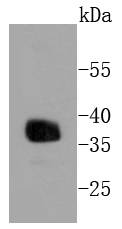
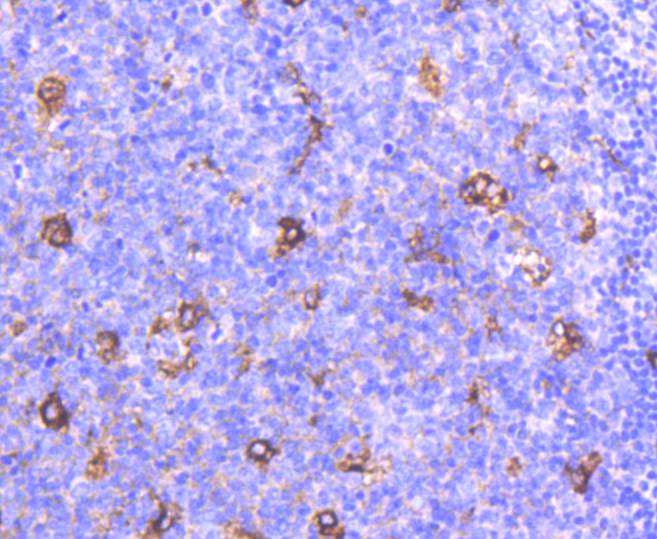
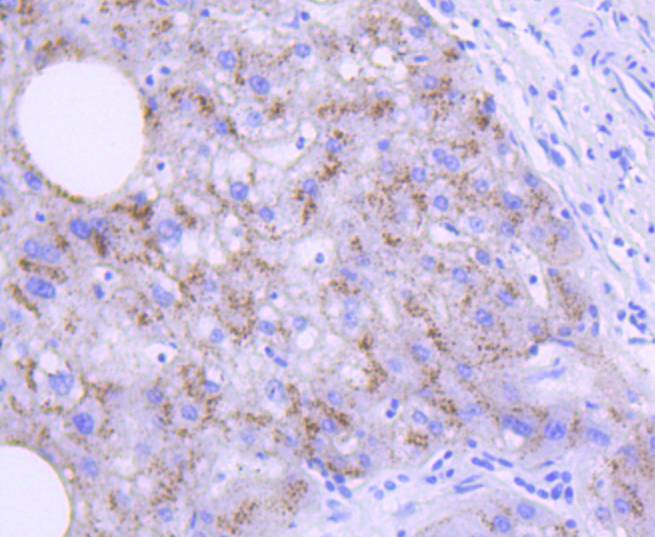
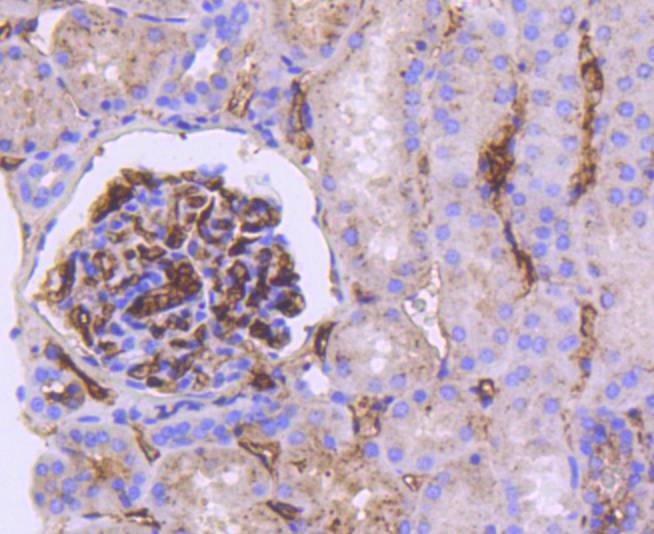
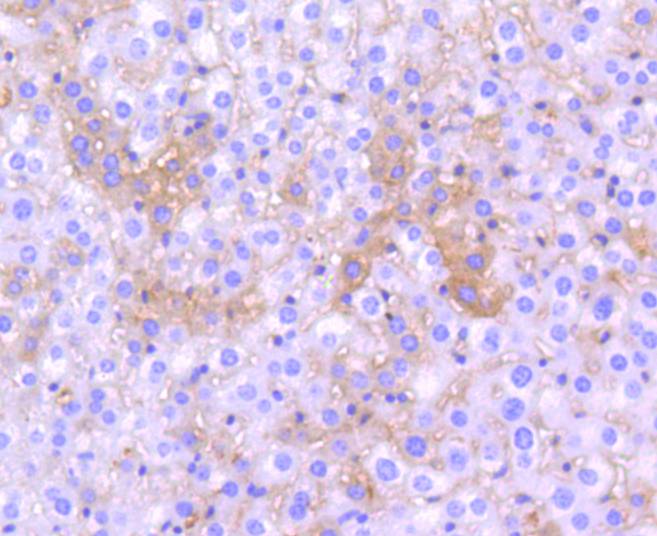
 Yes
Yes



